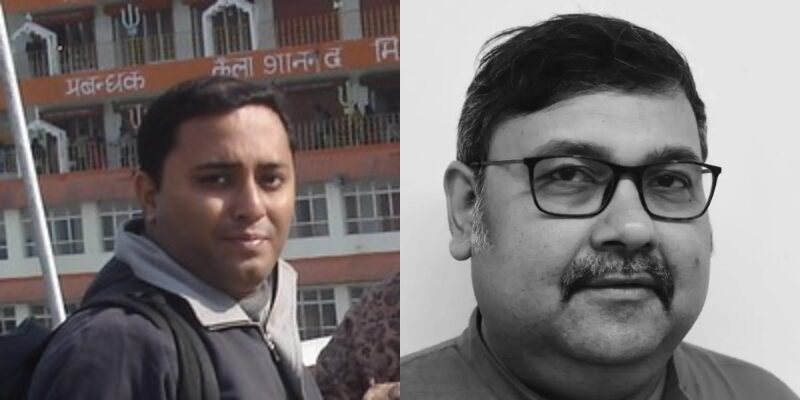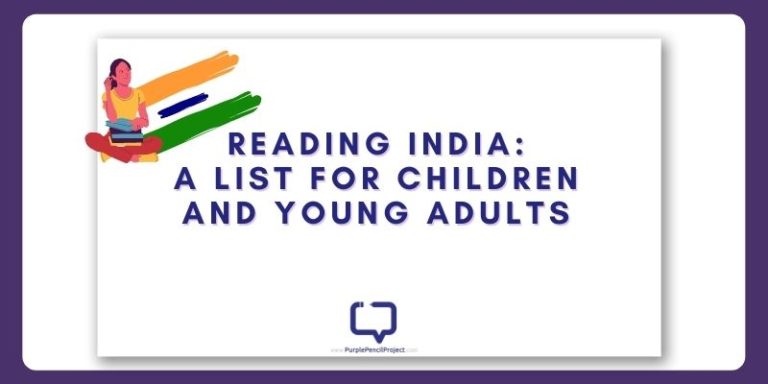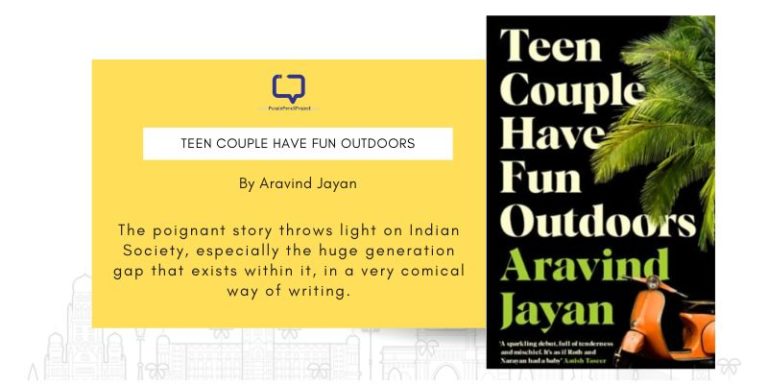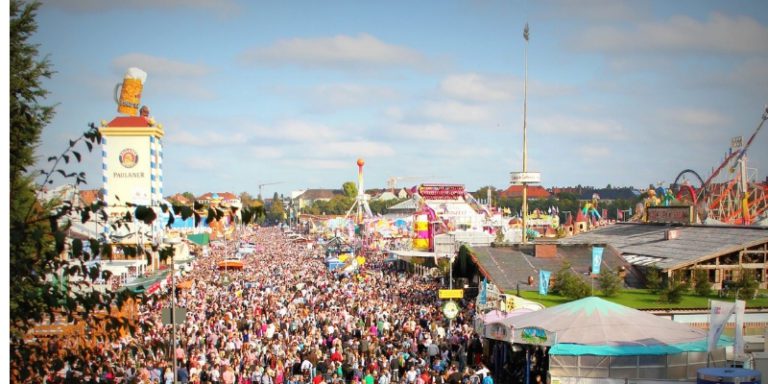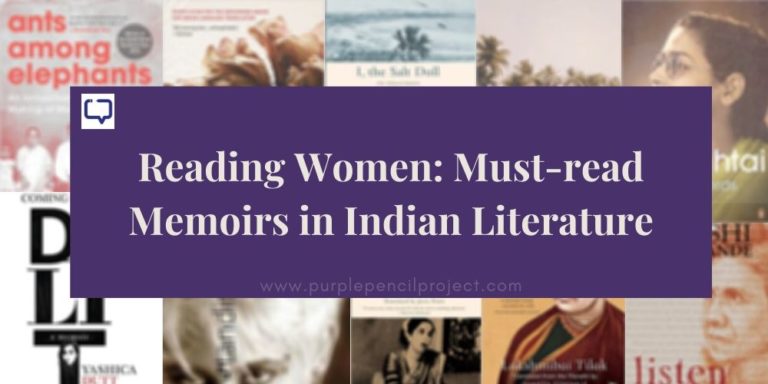Rahul Vishnoi reviews Chambers Book of Indian Election Facts by Kingshuk Chatterjee and Surbek Biswas (published by Hachette India, 2024).
India is the world’s largest democracy. It feels good to say it, but a lot… a lot goes into making a country democratic. And a thousand folds more goes into keeping it in a sane and functioning order. Elections, the process of electing your representatives in parliament, are the soul, body and brain of any democracy.
Sans elections that are free and fair, a democracy is like a blind donkey trying to cross a river with a load of sawdust on its back. 17 general elections old, India is looking to elect its leaders and representatives again in 2024. We are once again in those times and days when speeches are given; allegations are made, money is thrown as if mere paper, riots are inflicted and organized, and people are murdered.
Historical and Political Overview of Indian Elections
Kingshuk Chatterjee, a professor of History at Calcutta University, and Surbek Biswas, a special correspondent at Times group, have collated and arranged facts around the general and state elections, enriched with details on who lost and who won along with some interesting facts we would never have known. It has over one thousand such facts and fascinating trivia, all centred around the festival of democracy: elections. It deals with only Lok Sabha and Vidhan Sabha elections, leaving out the presidential and vice-presidential ones.
The book is split three ways: Book I tackles the age of Congress dominance (1952-1977), part II with age of political fragmentation (1977-99) and part III with the age of BJP Ascendancy (1999 onwards).
Chambers Book of Indian Election Facts by Kingshuk Chatterjee and Surbek Biswas deals with some basic facts we all have studied in history and civics books: like the first election in independent India took place from 25 October 1951 to 21 February 1952. It also has trivia not many of us are aware of, like only someone above the age of 21 could cast their vote in the Lok Sabha, Vidhan Sabha and local body elections. In 1988, the Sixty-first Amendment to the Constitution reduced the voting age to 18 years.
Recommended Reading: Shaheen Bagh and the Idea of India: Edited by Seema Mustafa Review
But how was the country split into polling territories? India is divided into several Lok Sabha and Vidhan Sabha constituencies. This was decided by dividing the total population of the various provinces into electoral constituencies of roughly equal demographic value. Constituencies tend to have roughly the same number of people, even though the territory covered could be very small (in densely populated regions) and very big (in sparsely populated regions). This is the reason why more populous provinces such as Uttar Pradesh (territorially fourth largest state) and Bihar (twelfth largest) have a much greater number of electoral constituencies than less populous ones, such as Rajasthan (largest state) and Madhya Pradesh (second largest).
Election Commission: A Fascinating History
We all know that elections in India are organized and supervised by the Election Commission of India (ECI), set up by the Representation of the People Act 1950. Till 1994, the Election Commission was presided over by the chief election commissioner (CEC), the first one being Sukumar Sen, ICS. He presided over the first 2 general elections (1951-52 and 1957). He had been so successful that he was invited to preside over the elections in Sudan.
Kingshuk Chatterjee and Surbek Biswas don’t dwell much on dramatic elements. I would have loved to know more about the bits scattered around TN Seshan. The book, however, is a bit robotic around some parts which could have been fertile ground for interesting storytelling. The authors observe: ‘The tenure of T.N. Seshan (December 1990-1996) as the CEC brought the full potential of the office into light, virtually for the first time. Seshan caused much consternation among the political class because of a number of reforms associated with him (including the election photo identity card, or EPIC), purportedly to reduce fraudulent and illegitimate electoral practices that had become almost routine by then.’
Window Facts from Chambers Book of Indian Election Facts by Kingshuk Chatterjee and Surbek Biswas
What I liked most about the book was the ‘window facts’, the interesting titbits lying around the page, ensconced in neat windows. Listing a few here:
Shyam Saran Negi, a schoolteacher in Kalpa of Himachal Pradesh, was declared by the Election Commission in 2012 to have been the first to cast his vote in the first general elections of independent India.
Indelible ink is generally believed to have been used for the first time in the third Lok Sabha elections in 1962. Mysore Paints and Varnish Ltd, based in Mysore (now Mysuru), Karnataka, was authorized to manufacture the ink. The company continues to supply this ink to this date.
Gian Singh Rarewala, a victorious independent candidate formed a united front coalition of all non-congress elements (minus the 2 seats of Jana Sangh) to become the chief minister of the state, the first non-congress chief minister to rule any state in India.
First assembly elections were held in Nagaland in January 1964 for all the 40 seats earmarked for the state’s legislature. No political parties were registered for the election, hence all candidates ran as independents.
B.R. Ambedkar, Father of the Indian Constitution, never won an election. He actually lost all the elections he contested in.
The world’s first democratically elected communist government was formed in Kerala in 1957.

With the end of the first part, Kingshuk Chatterjee and Surbek Biswas’s book concludes that the end of the Emergency effectively 65 marked the end of Congress’s virtually unchallenged dominance of the Indian political landscape. The Congress has not since enjoyed that kind of political and electoral dominance. The last part of the book tackles the thirteenth general election, which brought the NDA government led by Atal Bihari Vajpayee to power (1999-2004, his only government to complete the full term), was considered by many to be the dawn of an era of stable coalitions.
This assessment was further reinforced by the fourteenth and fifteenth general elections won by the United Progressive Alliance (UPA) led by the INC with Dr Manmohan Singh as prime minister.
Conclusion
Chambers Book of Indian Election Facts by Kingshuk Chatterjee and Surbek Biswas works fine as an exhaustive trivia of endless facts after facts about Indian elections. Still, I would have loved it more if it had taken a pregnant pause around the dramatic elements of the Indian elections.









